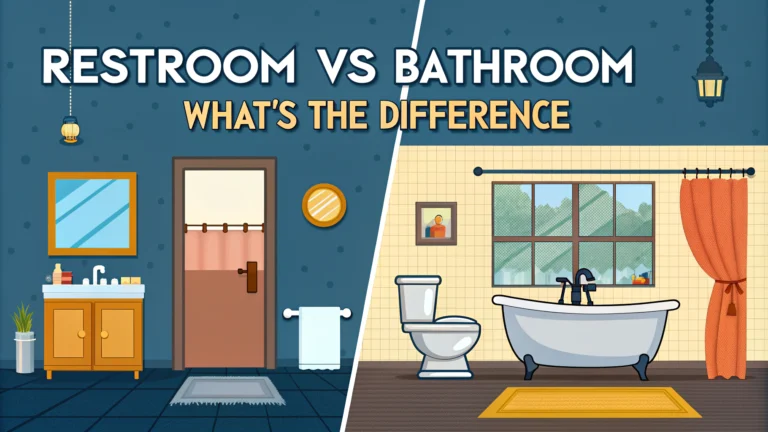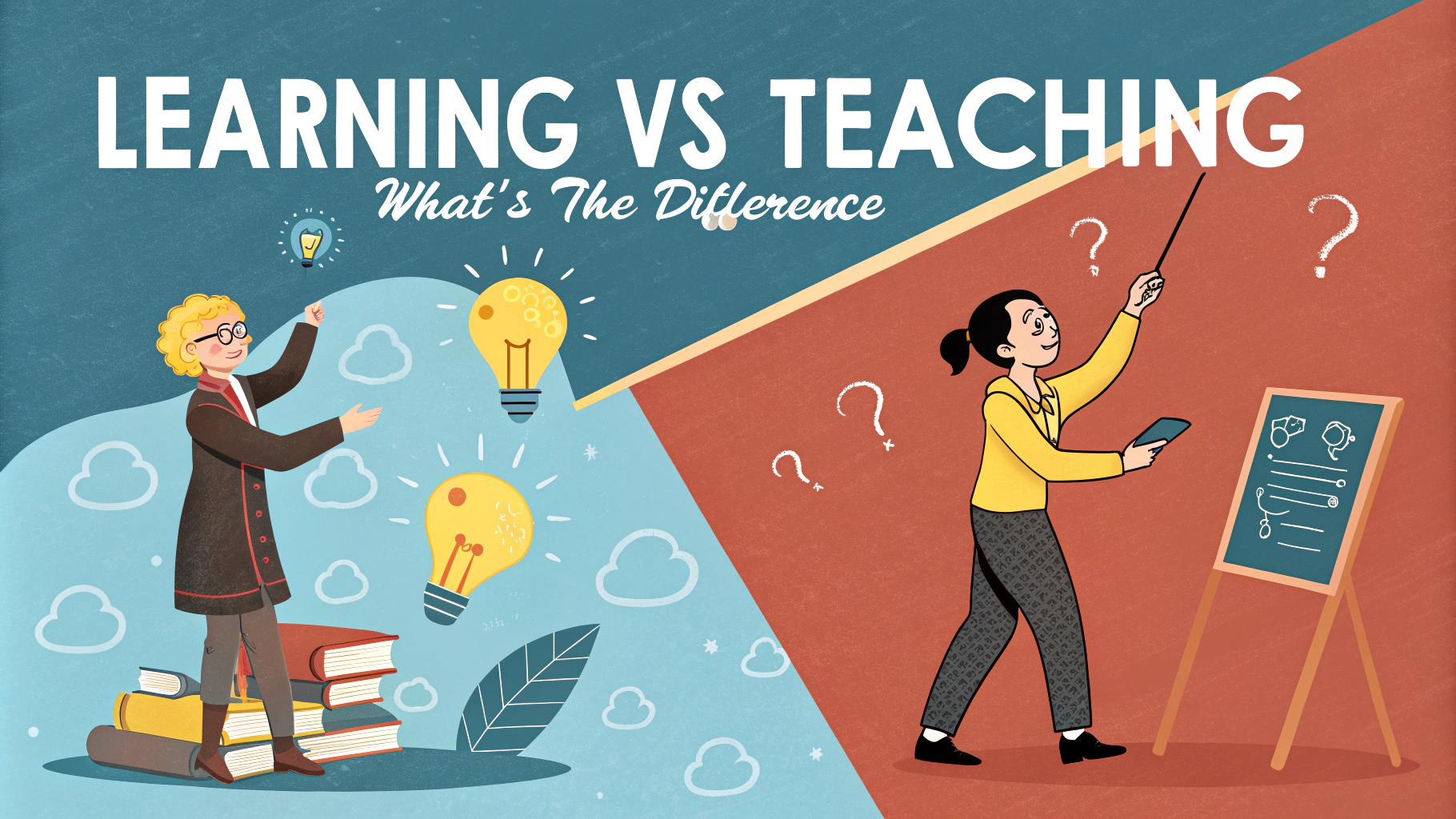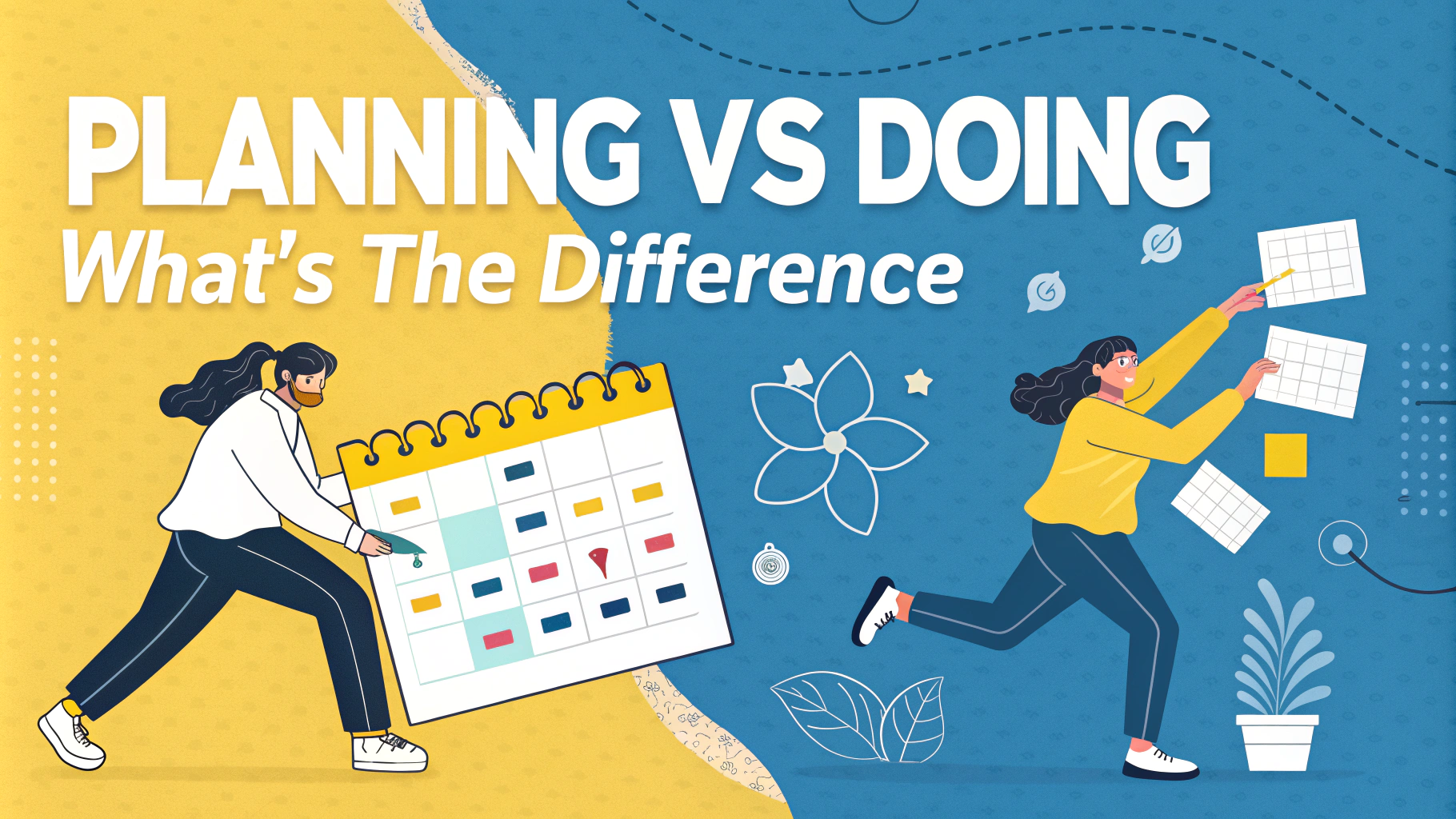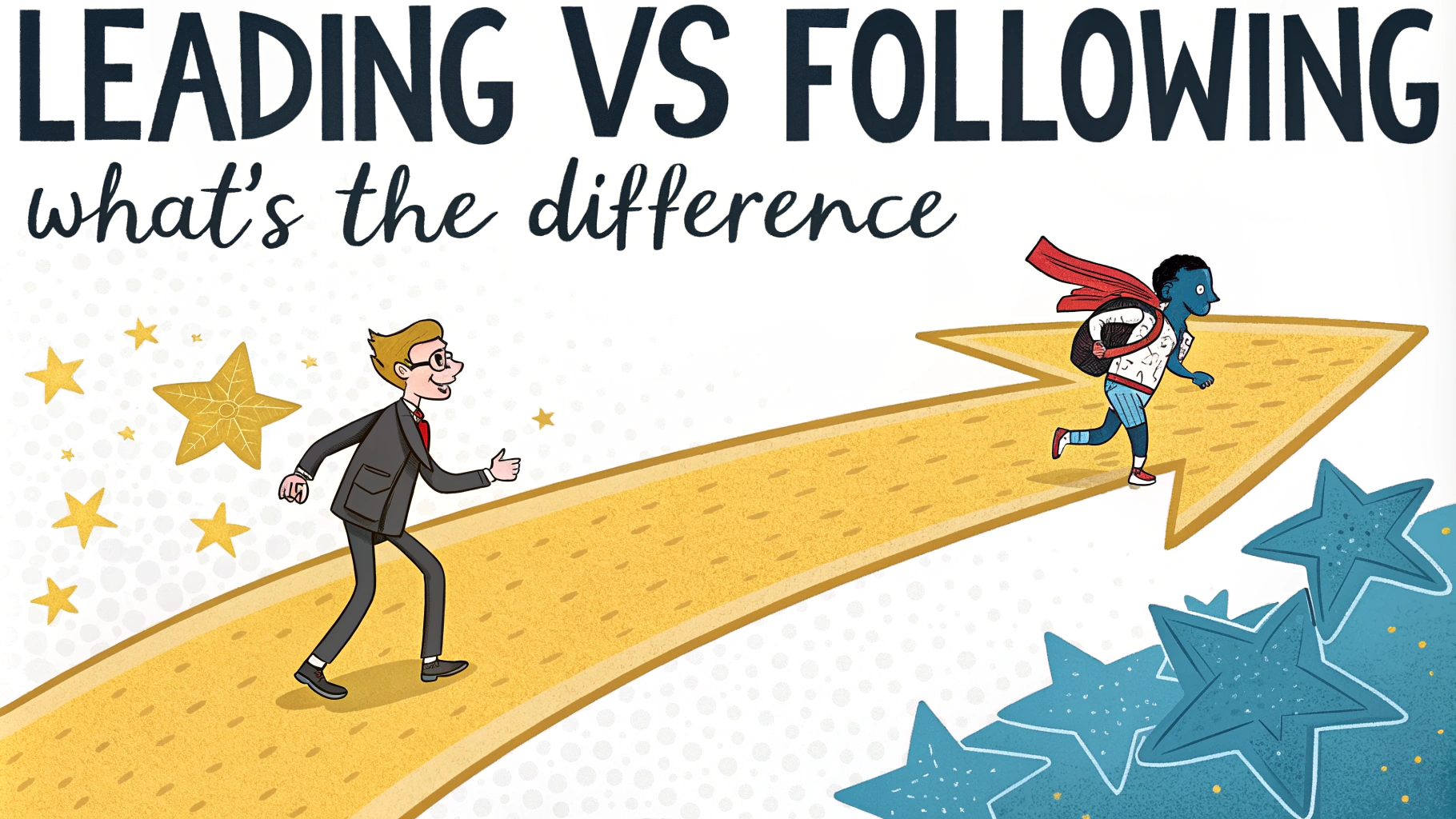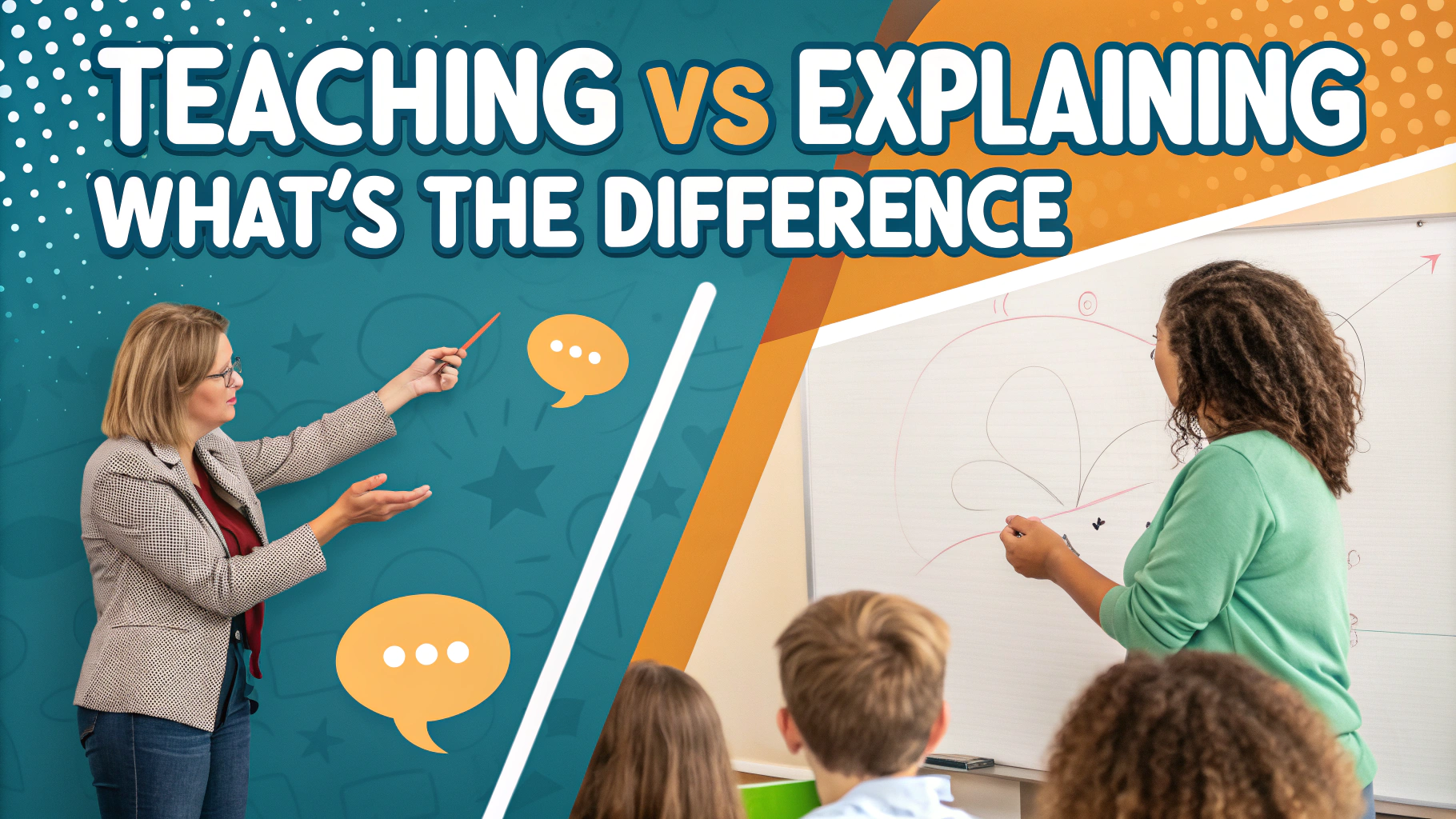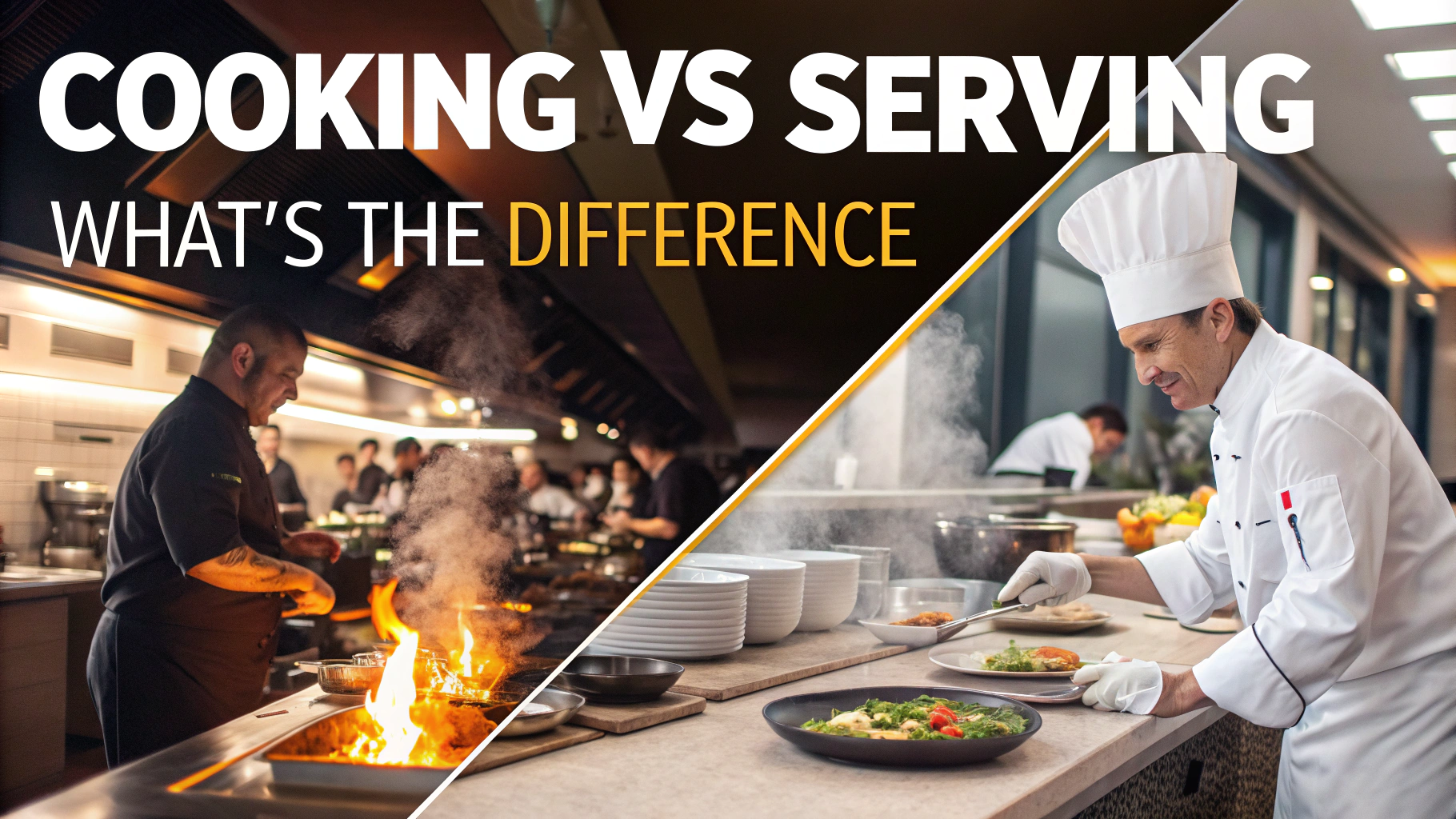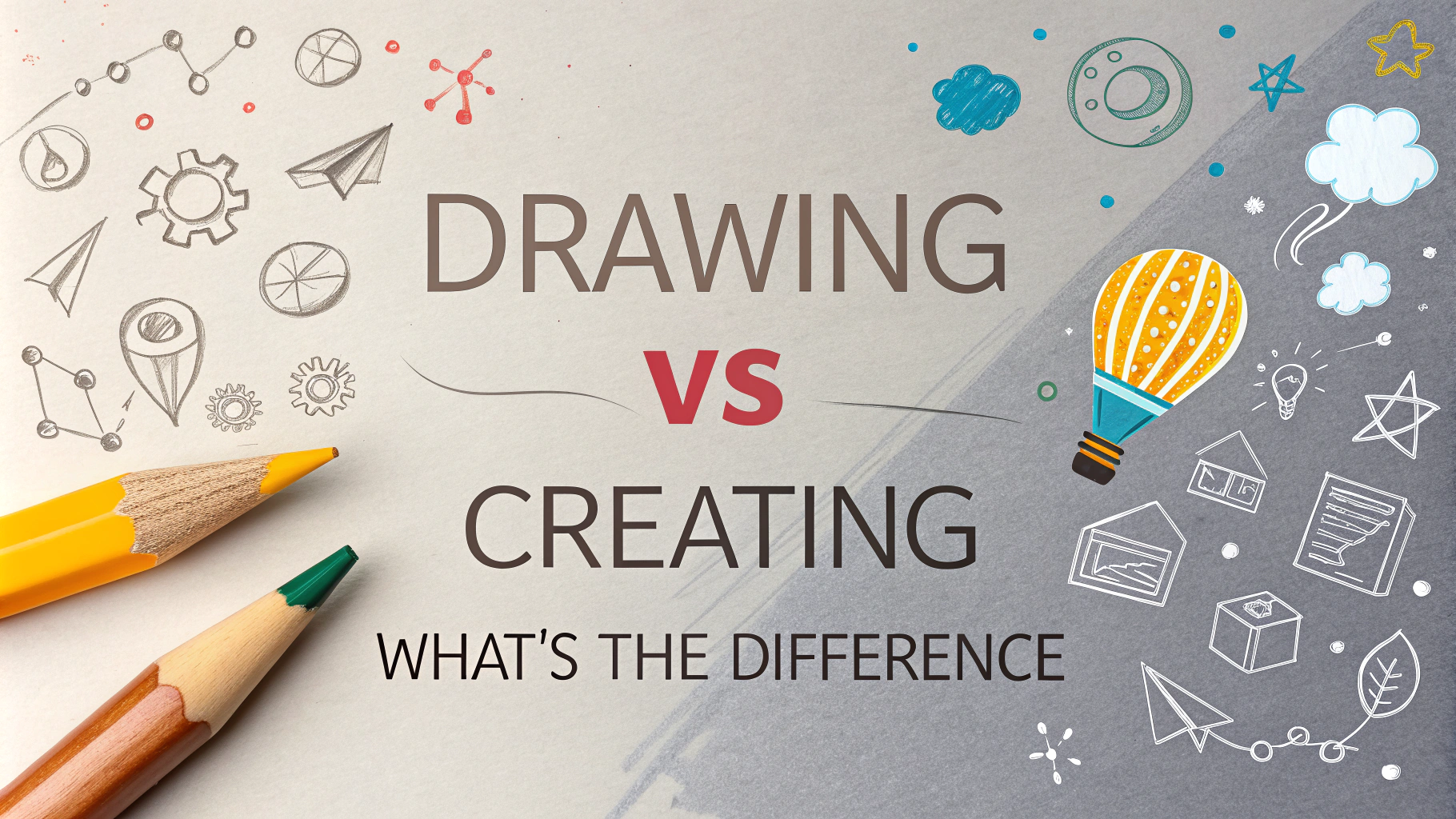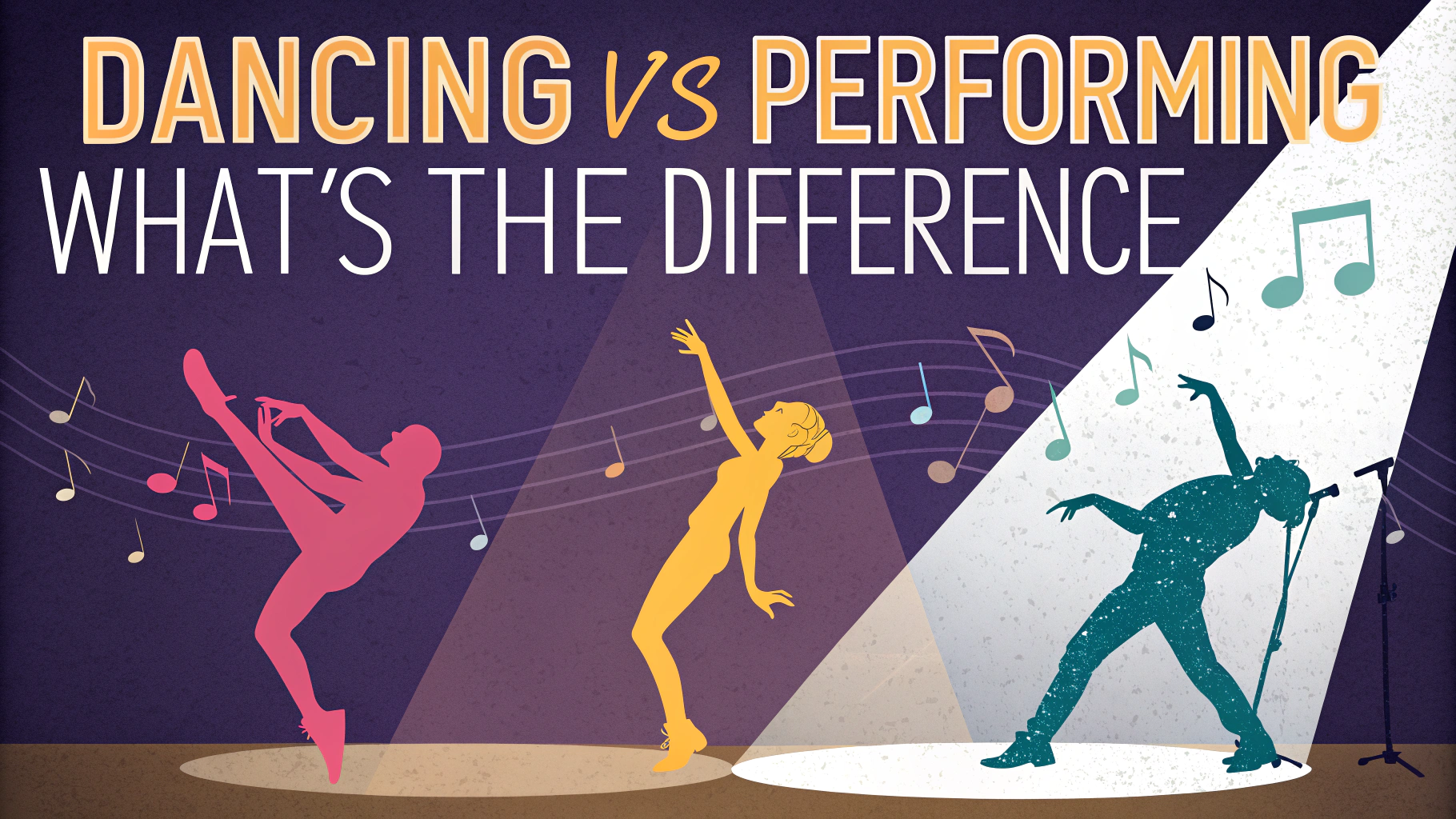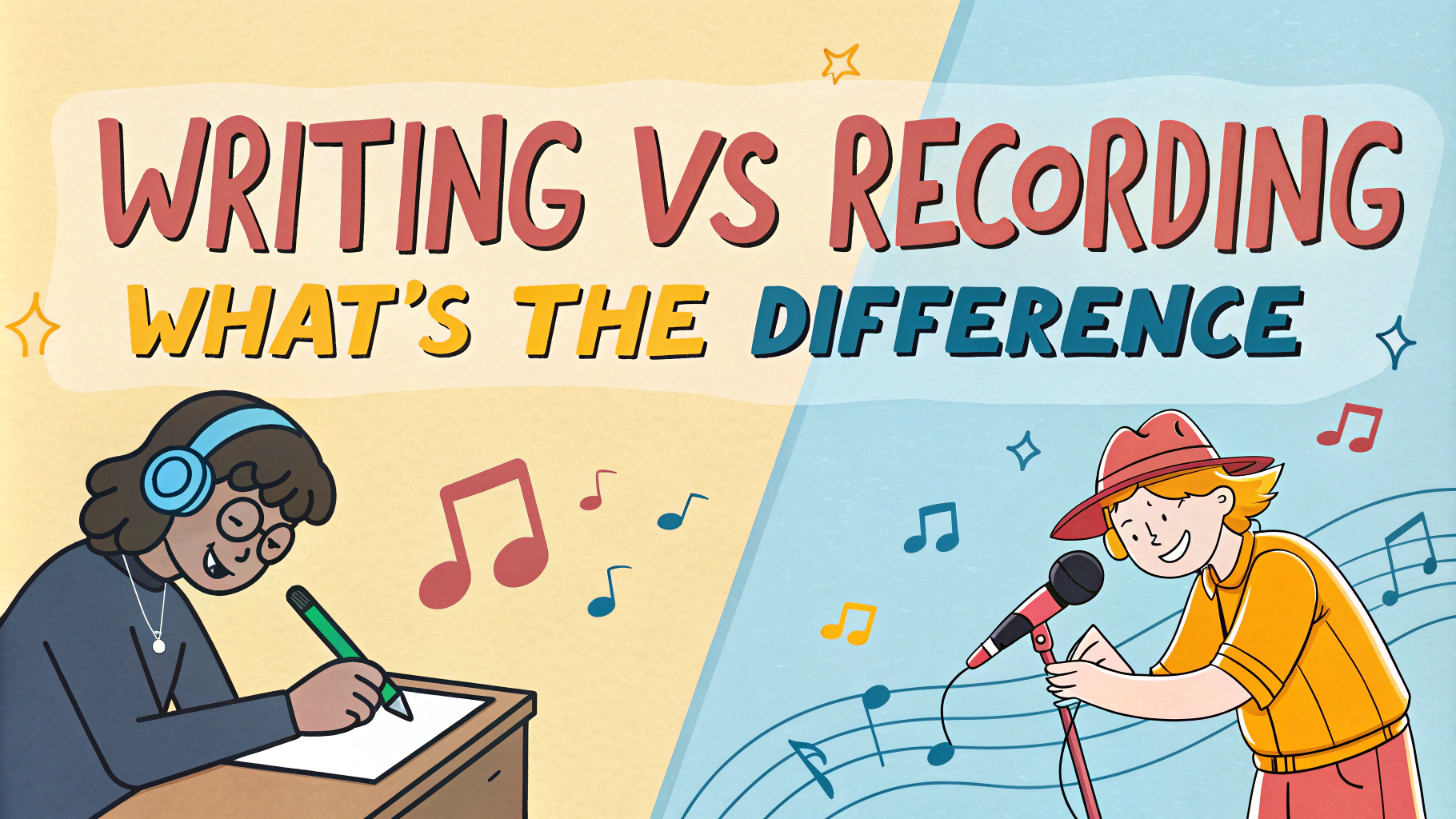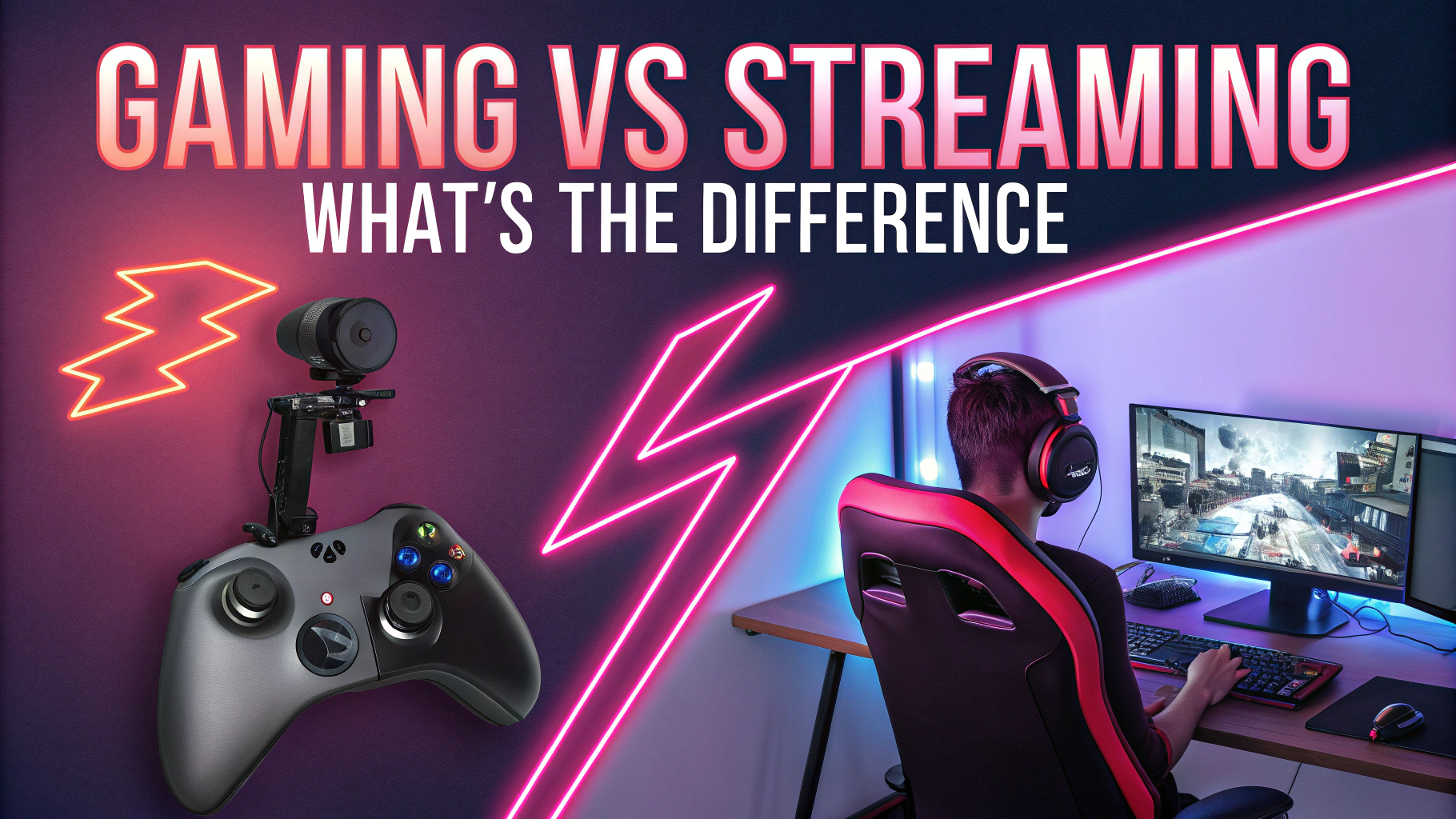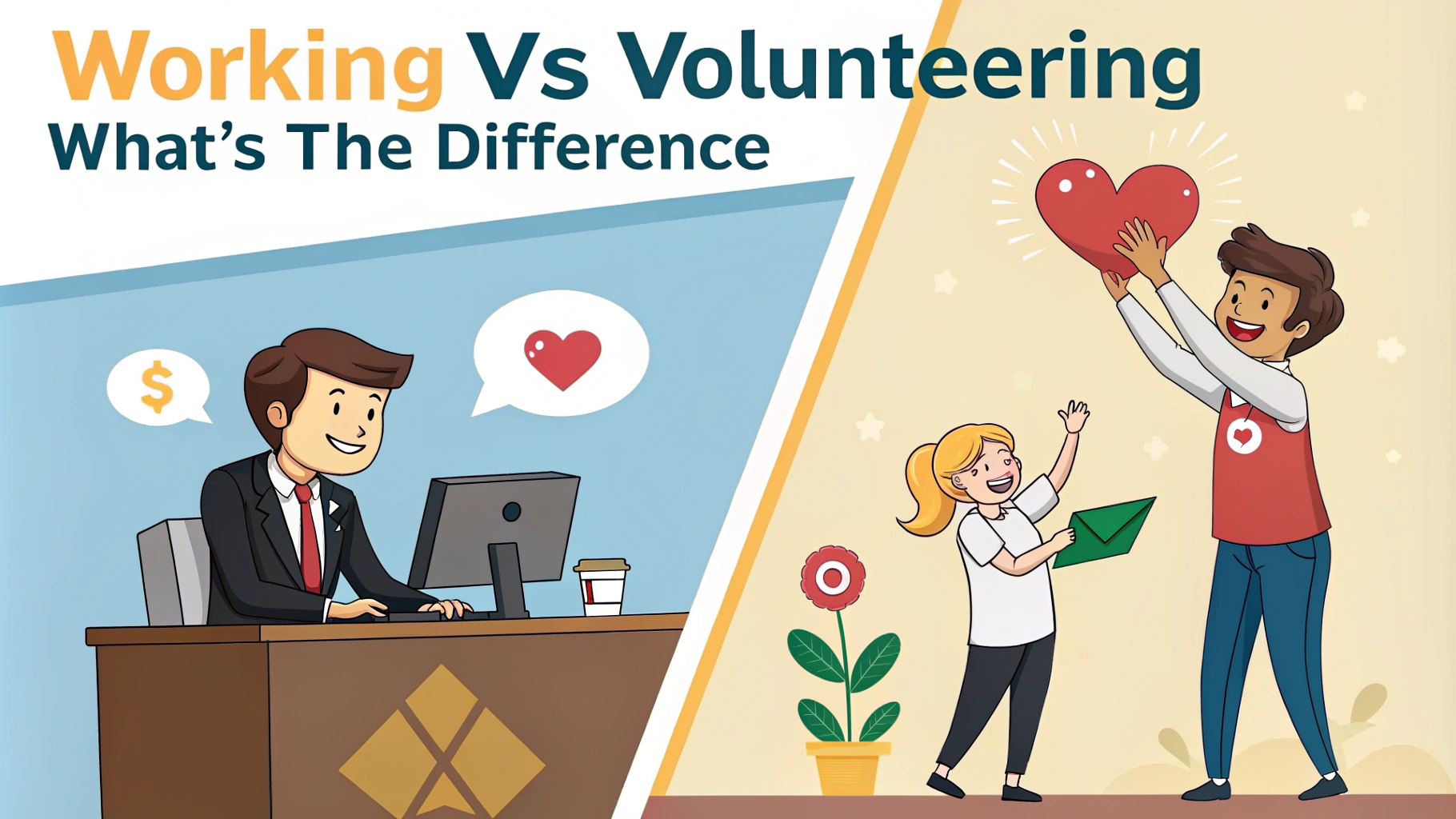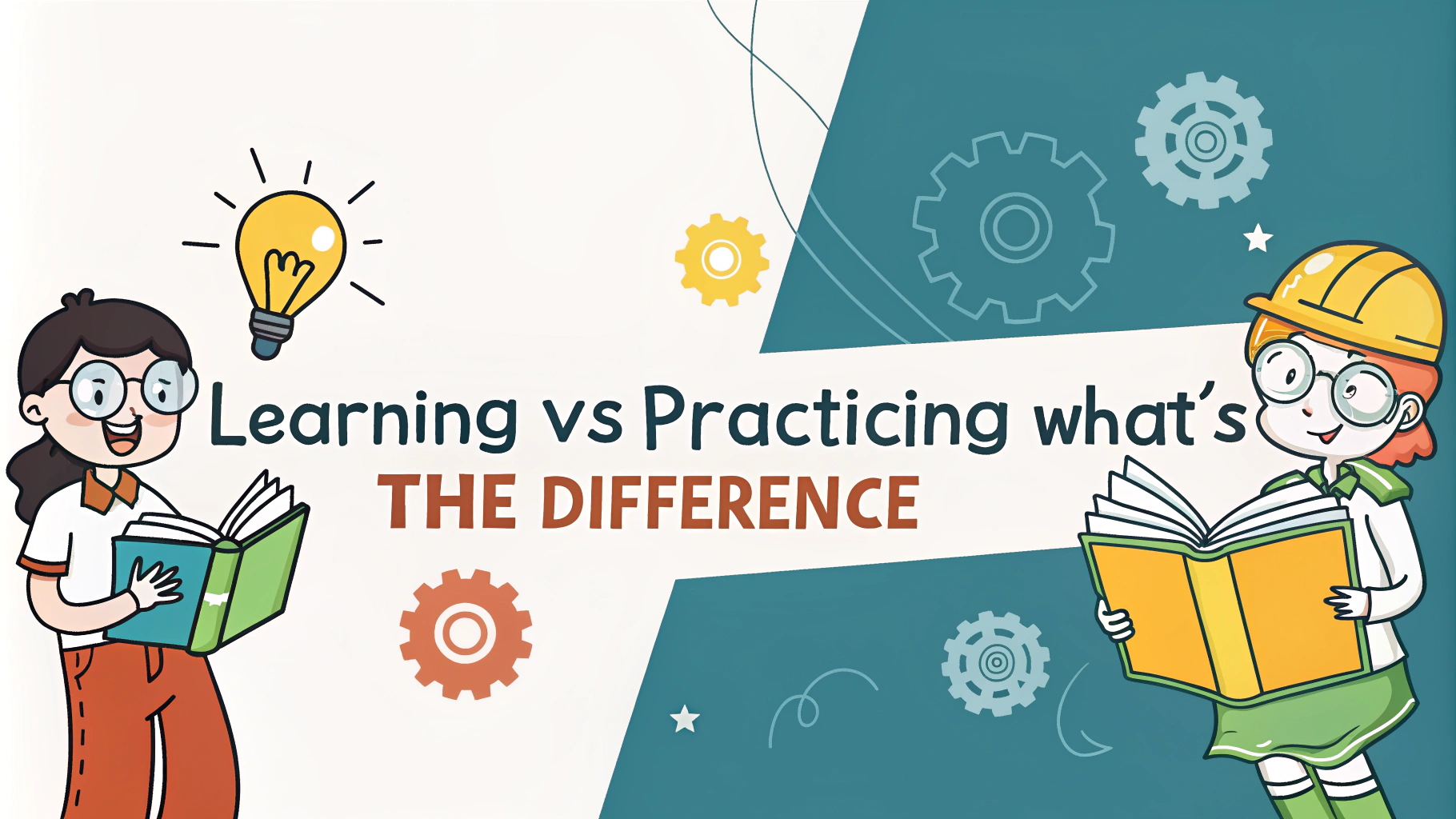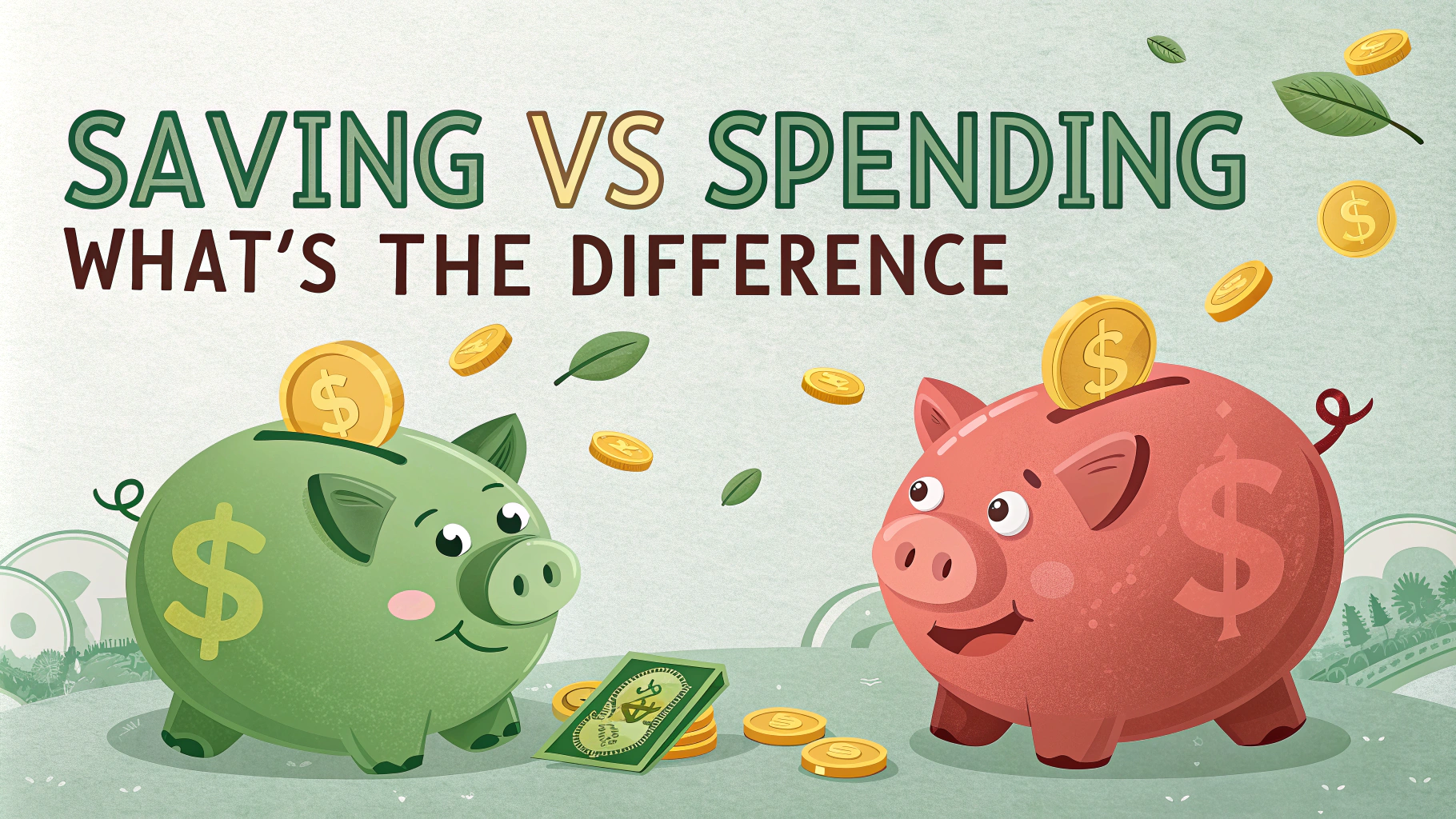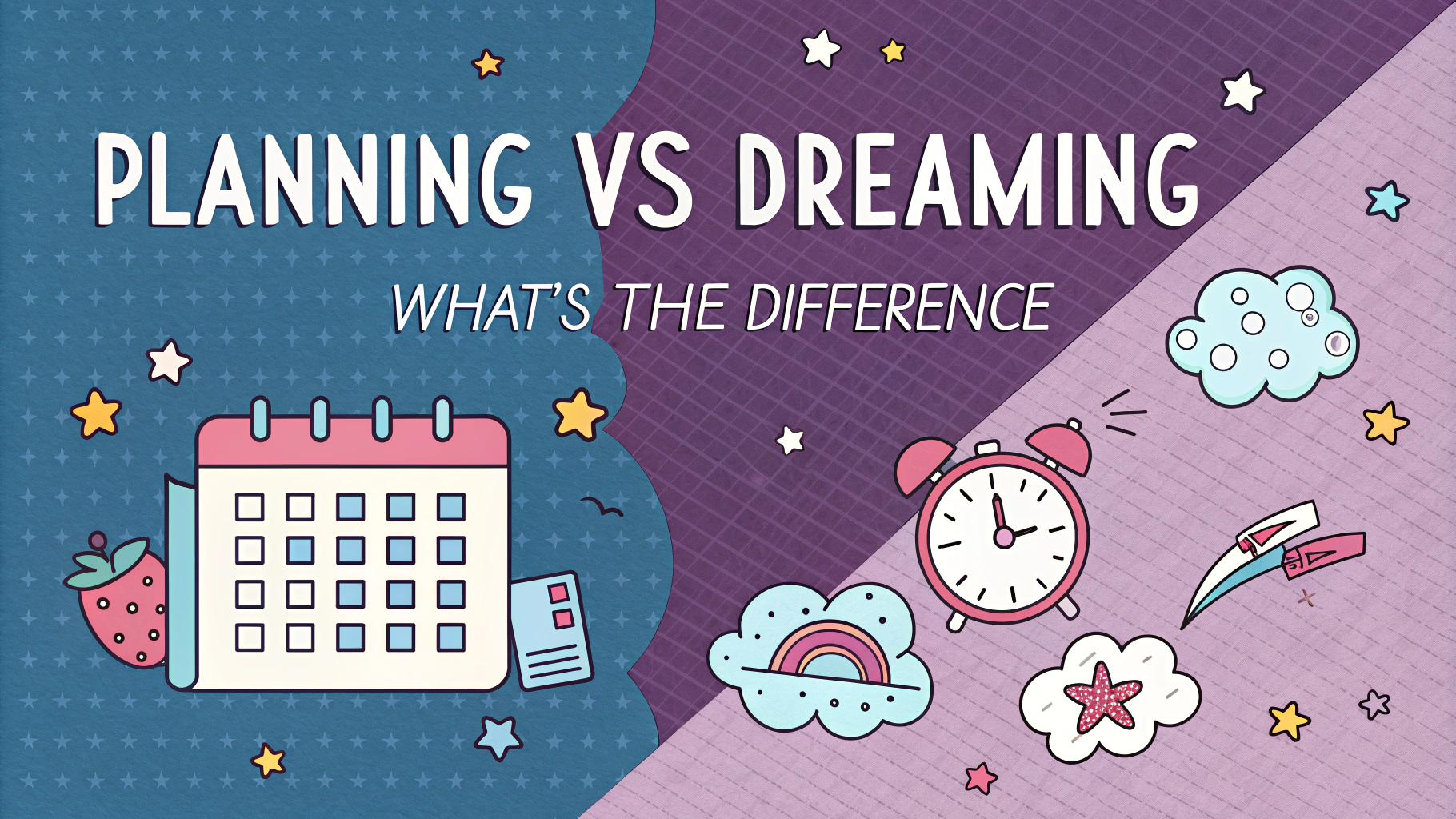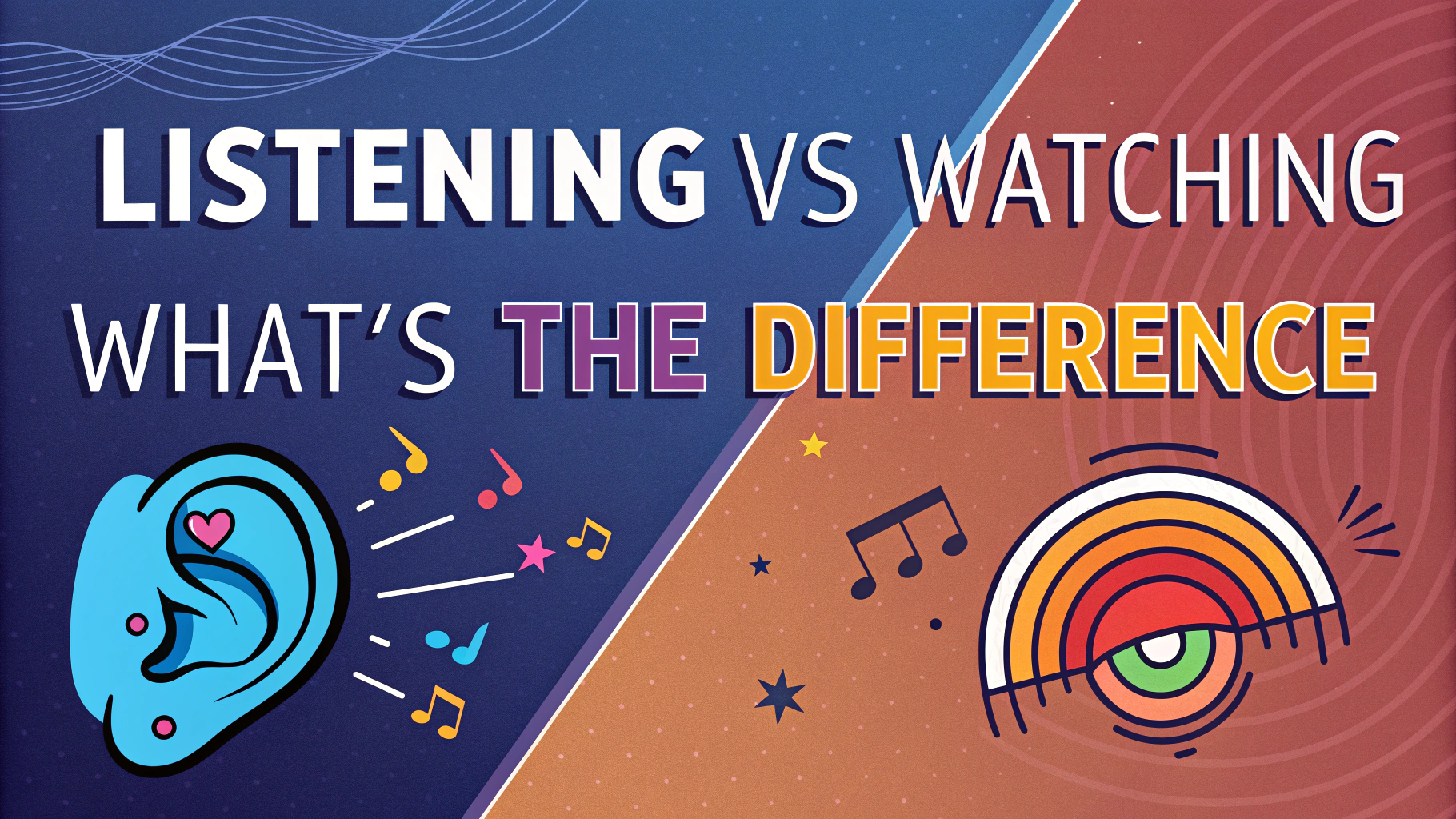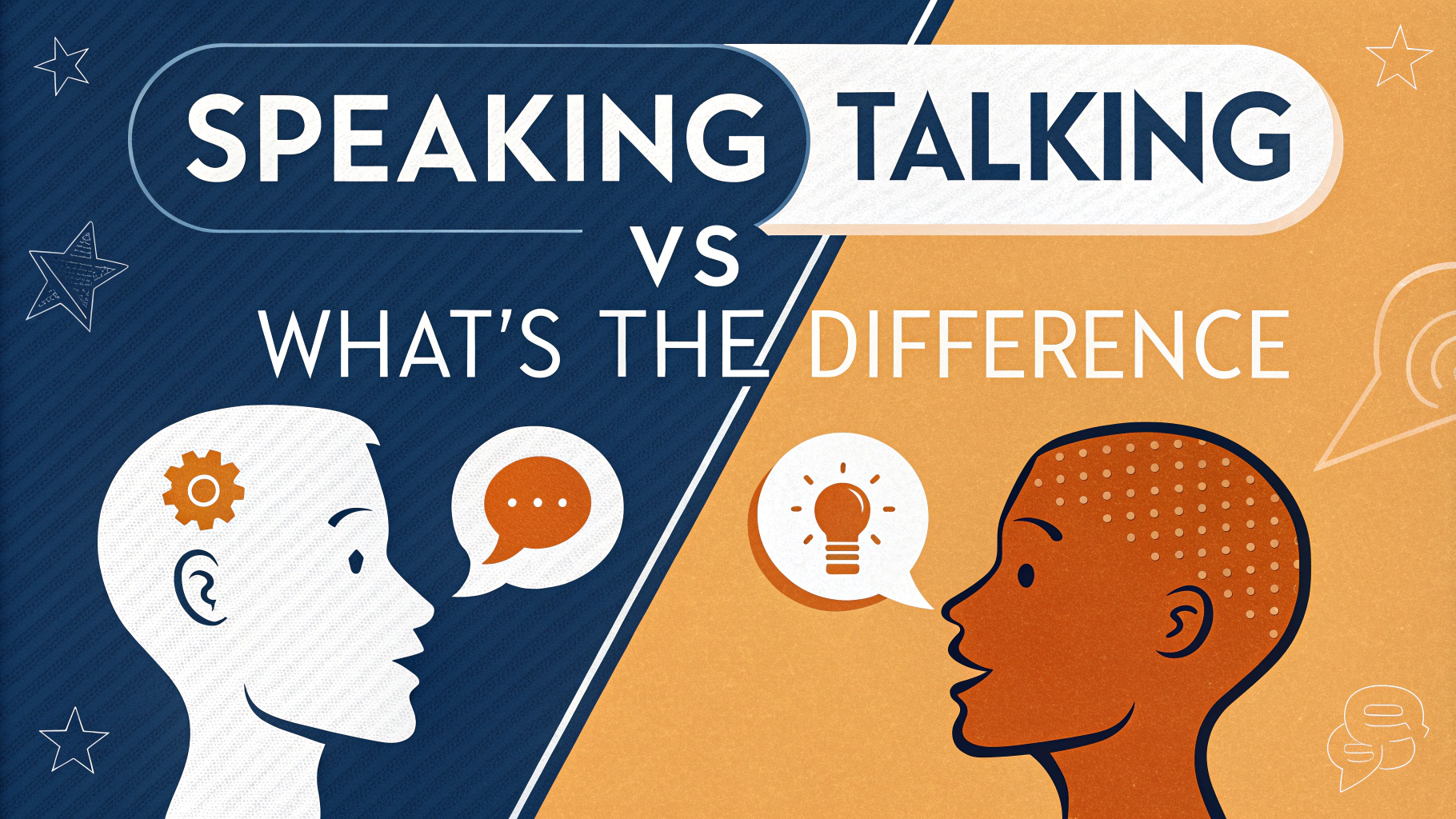Ever wondered why some call it a restroom while others say bathroom? This linguistic divide has puzzled many and sparked countless debates. Is there a real difference, or are they just regional variations?
This quick guide digs into the restroom vs. bathroom dilemma. We’ll explore their origins, usage, and cultural implications. By the end, you’ll have a clear understanding of when to use each term and why it matters.
Let’s unravel this common language conundrum and equip you with the knowledge to navigate social situations with ease.
Origins and Definitions
The terms “restroom” and “bathroom” have distinct origins:
- Restroom: Originated in the early 20th century, initially referring to a public toilet facility with a lounge area for resting.
- Bathroom: Dates back to the 17th century, originally describing a room with a bath or wash basin for personal hygiene.
Today, both terms often refer to the same space, but their usage can vary depending on context and location.
Regional and Cultural Differences
The choice between “restroom” and “bathroom” often depends on geographical and cultural factors:
- United States: “Restroom” is more common in public spaces, while “bathroom” is typically used in homes.
- United Kingdom: “Toilet” or “loo” are preferred over both “restroom” and “bathroom”.
- Canada: Usage is similar to the US, with “washroom” also being common.
Understanding these differences can help you communicate more effectively, especially when traveling.
Public vs. Private Spaces
The setting plays a crucial role in determining which term is more appropriate:
| Setting | Preferred Term |
|---|---|
| Restaurants | Restroom |
| Hotels | Restroom |
| Homes | Bathroom |
| Schools | Restroom |
In public spaces, “restroom” is often seen as more polite and less personal than “bathroom”.
Etiquette and Social Considerations
Choosing the right term can make a difference in social situations. Here are some tips:
- Use “restroom” in formal or professional settings
- Opt for “bathroom” in casual, home-like environments
- Consider your audience when selecting a term
- In unfamiliar settings, follow the lead of others
Being aware of these nuances can help you avoid awkward moments and show cultural sensitivity.
Gender-Neutral Language
As society becomes more inclusive, language around restrooms is evolving:
- All-gender restroom: A term gaining popularity for inclusive facilities
- Family restroom: Often used for larger, accessible spaces
- Facilities: A neutral term suitable for various contexts
Using inclusive language can make everyone feel more comfortable and welcome.
International Travel Considerations
When traveling abroad, bathroom terminology can vary widely:
| Country | Common Terms |
|---|---|
| Australia | Dunny, Loo |
| France | Toilettes, WC |
| Japan | Toire, Otearai |
Learning local terms can make your travels smoother and help you avoid confusion.
Conclusion
The restroom vs. bathroom debate highlights the complexity of language and cultural norms. Key takeaways include:
- Context matters when choosing between “restroom” and “bathroom”
- Regional differences play a significant role in terminology
- Public spaces typically favor “restroom,” while private settings use “bathroom”
- Inclusive language is becoming more important in modern society
By understanding these nuances, you can communicate more effectively and navigate social situations with ease. Remember, language is always evolving, so stay open to new terms and cultural practices.
FAQs: Restroom vs. Bathroom
1. What’s the difference between a restroom and a bathroom?
The main difference lies in their usage and location:
- Restroom: Usually found in public places, primarily for relieving oneself
- Bathroom: Typically in homes, includes bathing facilities
2. Is “restroom” an American term?
Yes, “restroom” is predominantly used in American English. Other English-speaking countries often use terms like “toilet” or “loo”.
3. Why is it called a restroom when you don’t rest there?
The term “restroom” is a euphemism that evolved from earlier phrases like “retiring room” or “rest chamber”, aiming to be more polite than direct terms.
4. Are all bathrooms considered restrooms?
Not necessarily. While all bathrooms can function as restrooms, not all restrooms have bathing facilities, which is a key feature of bathrooms.
5. What amenities are typically found in public restrooms vs. home bathrooms?
| Public Restrooms | Home Bathrooms |
|---|---|
| Toilet stalls | Bathtub/shower |
| Hand dryers | Personal care items |
| Multiple sinks | Storage cabinets |
6. How do I ask for the restroom politely in a restaurant?
Some polite ways to ask include:
- “Could you please direct me to the restroom?”
- “Where are your facilities?”
- “May I use your restroom?”
7. What’s the origin of the term “bathroom”?
The term “bathroom” originated from the room’s primary function of bathing. It dates back to the late 16th century when indoor plumbing became more common in homes.
8. Are gender-neutral restrooms becoming more common?
Yes, gender-neutral or all-gender restrooms are increasingly common in public spaces to promote inclusivity and accommodate diverse gender identities.
9. How do restroom signs differ internationally?
Restroom signs vary globally:
- USA: Often uses “Men” and “Women” or symbolic figures
- UK: “Gents” and “Ladies” are common
- Japan: May use kanji characters or stylized figures
10. What are the legal requirements for public restrooms in businesses?
Requirements vary by location but often include:
- Minimum number of facilities based on occupancy
- Accessibility features for people with disabilities
- Proper ventilation and sanitation measures
11. How can I find public restrooms when traveling?
To locate public restrooms while traveling:
- Use smartphone apps designed for finding public restrooms
- Check local tourism websites or visitor centers
- Look for restrooms in department stores, fast-food restaurants, or gas stations
12. What’s the difference between a half-bath and a full bath?
The main differences are:
- Half-bath: Contains only a toilet and sink
- Full bath: Includes a toilet, sink, and bathtub or shower
13. How has bathroom design evolved in recent years?
Modern bathroom design trends include:
- Smart toilets with bidet functions
- Eco-friendly fixtures for water conservation
- Spa-like features such as rainfall showerheads
- Universal design principles for accessibility

